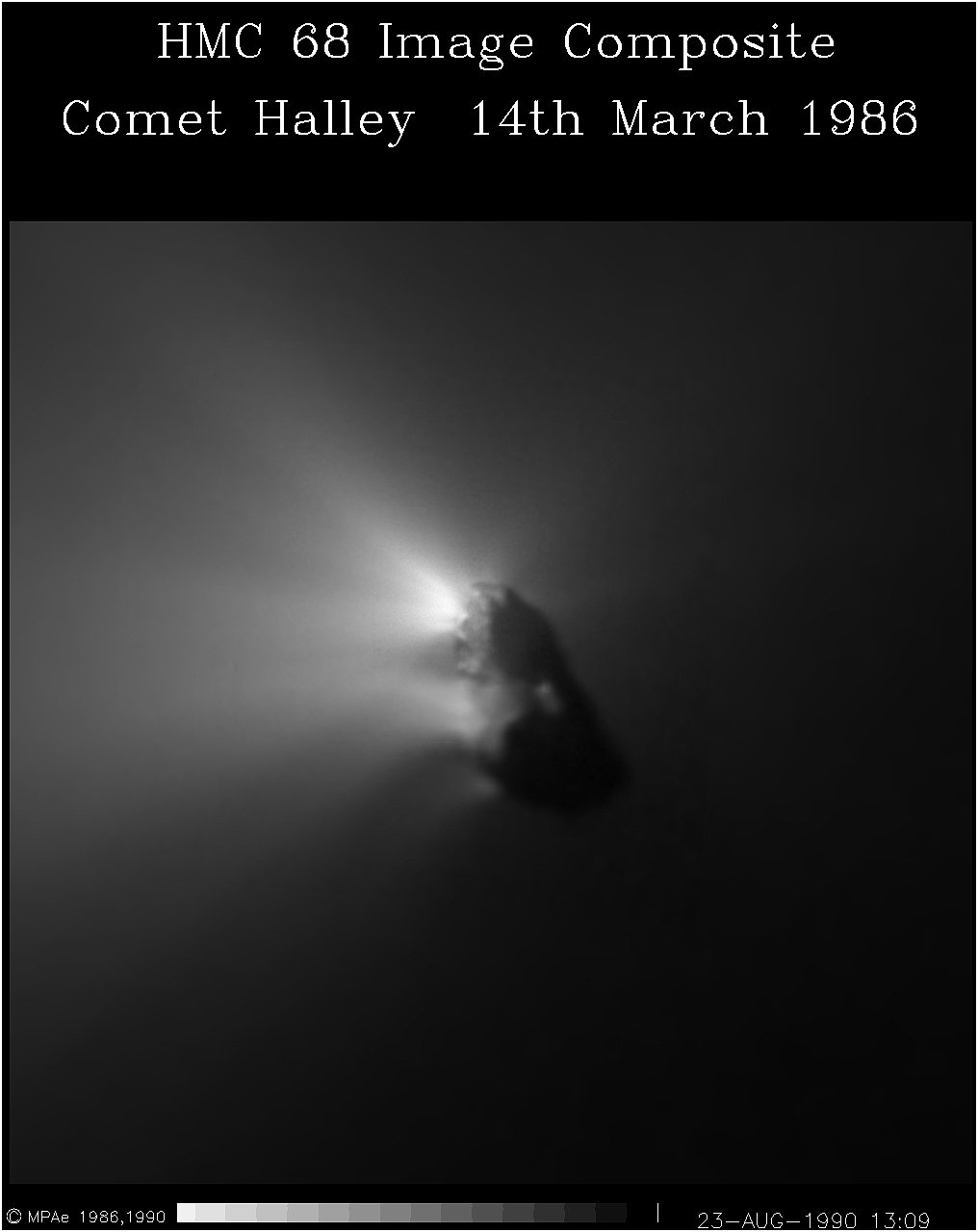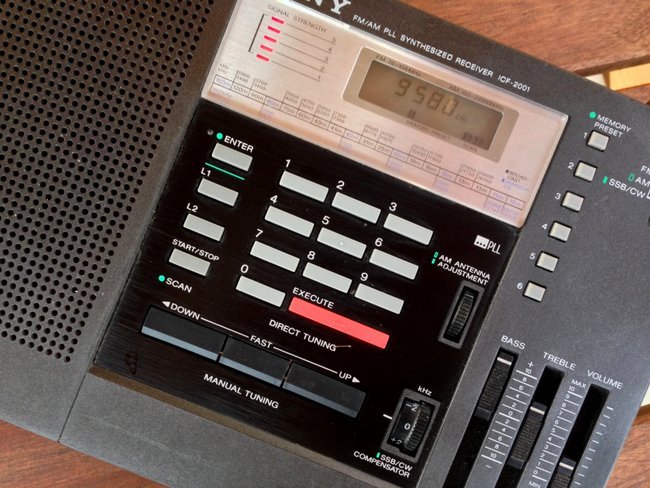Radio Canada International (SWL Digest with Ian McFarland): April 26, 1986
/View from the roof of the RCI Sackville, New Brunswick Transmitting Station (Photo: Thomas Witherspoon)
Many thanks to SRAA contributor William Parmley, who found several cassette tapes with off-air recordings he made in the 1980s. Here are Bill’s notes for this recording:
SWL Digest on Radio Canada International with Ian McFarland, April 26, 1986, plus an excerpt from the same program on the next day, April 27, 1986. Includes a brief telephone interview with me. (40:57)
















